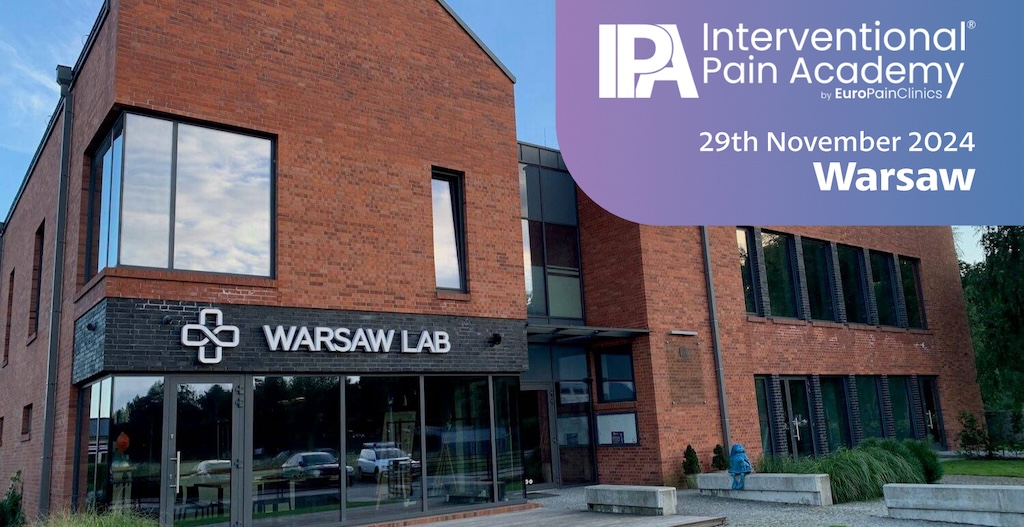In a patient presenting with axial back pain and magnetic resonance imaging (MRI) evidence of Modic type 1 or Modic type 2 changes, it is crucial to ascertain the underlying source of the pain. The primary objective is to perform a diagnostic facet joint interventional procedure. If the diagnostic response is negative and pain relief is less than 70%, the patient is diagnosed with pain caused by Modic changes. In this case, further diagnostic discography is not indicated, as even if positive, the treatment would be focused on BVNA. Additionally, a properly performed facet joint diagnosis procedure is cruciate.
Low back pain continues to represent a significant global concern within the healthcare sector. The diagnosis of the source of low back pain remains a significant clinical challenge for healthcare providers.
Frequently, treatment interventions demonstrate a considerable range of efficacy, reflecting the lack of specificity in the diagnosis. Among the various potential sources of low back pain, vertebral pain resulting from damaged vertebral endplates has gained attention due to the availability of specific and reliable diagnostic criteria.
Basivertebral nerve (BVN) ablation is a minimally invasive procedure targeting the BVN, which is responsible for carrying nociceptive information from damaged vertebral endplates.
Previously, other structures were postulated as the sole etiological factors in the development of chronic axial low back pain (LBP). These included intervertebral discs (IVD), zygapophyseal facet joints, ligaments, sacroiliac joints, muscles, and so forth.
However, recent evidence indicates that vertebral endplates are particularly susceptible to inflammatory changes, fissuring, post-traumatic degeneration, and intraosseous edema due to their highly vascularized and innervated terminals from the basivertebral nerve and venous plexus. This suggests that these structures are likely to contribute to LBP symptomatology, in addition to other structures.
The identification of the underlying cause of chronic axial low back pain (LBP) represents a significant clinical challenge. In a significant proportion of cases, up to 80% of diagnoses are characterised as non-specific LBP, with only 20% of instances exhibiting an identifiable anatomical source.
It may be the case that the aforementioned variability and uncertainty are responsible for the limited success rates and variable outcomes observed in many interventions for the treatment of chronic axial low back pain that directly target anatomical structures, including the intervertebral disc, muscles, facet joints, and ligaments, in the general population.
Vertebral endplate pain patients frequently present with significant functional impairment and debilitating pain while seated, standing, or during spinal flexion (in contrast to extension). The pain is typically described as burning, deep, and achy, located in the midline region of the lumbar spine without radicular symptoms. Additionally, there is no accompanying motor weakness, numbness, or tingling.
In fact, vertebral pain due to endplate damage tends to manifest clinically differently from non-specific etiologies. This is evidenced by a greater frequency and longer duration of painful episodes, as well as poorer outcomes with conservative treatment and surgery.
The treatment of chronic axial low back pain (LBP) resulting from damaged vertebral endplates typically commences with conservative care, in accordance with the established treatment algorithms. These include the use of oral analgesics, opioids, and therapeutic exercises.
However, conservative methods have been demonstrated to be ineffective in the management of this condition. The accurate identification and diagnosis of patients with pathoanatomical vertebral endplate damage on diagnostic imaging is therefore crucial to ensure optimal outcomes and facilitate the provision of an effective treatment option, such as the BVN ablation.
BVNA represents a promising treatment option for patients suffering from chronic low back pain (LBP) of a vertebrogenic nature. Given the multitude of potential causes of LBP, it is of the utmost importance to conduct a thorough diagnostic evaluation and to select patients with vertebrogenic pain as the primary source of symptoms in order to achieve optimal outcomes. The current evidence base indicates that BVNA can result in long-term improvement in pain and function in patients who have been properly selected for the procedure.
Read more about the first Slovak BVNA performed by Dr Rapcan
BVNA procedure at the 3rd IPA Cadaver Workshop in Warsaw
The BVNA procedure, which will be trained at the workshop in Warsaw, is approved in Europe and is a minimally invasive, implant free procedure that can be performed on an outpatient or inpatient basis. It uses targeted radiofrequency energy to block the nervus basivertebralis from sending pain signals to the brain, improving function and providing lasting relief.
During the workshop, instructors will provide information on the clinical evidence, indications, contraindications, equipment, preparation, technique, and potential complications associated with basivertebral nerve ablation.
The objective of education will be to identify and train suitable diagnostic procedures that can assist in determining which anatomical structures are implicated in back pain and which can be resolved by basivertebral nerve ablation procedure.
We’ve got Robert Rapcan MD from Slovakia, Manojit Sinha MD and Basil Almehdi MD from the UK lined up to train this procedure with participants.


